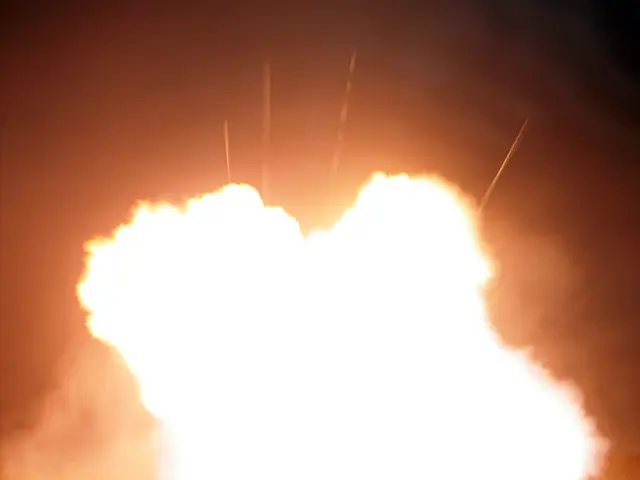Latest Drone Attacks on Russian Defense Facilities by Ukraine: An Overview
Scope and Targets
Ukraine launches drone assaults on Russian weapons manufacturing facilities
Ukraine orchestrated a series of drone strikes on significant military and industrial targets across various Russian regions, including Tula, Saransk, Kaluga, and Moscow. The attacks were reportedly aimed at defense plants, airbases, and strategic storage sites of military equipment[1][2][3].
Specific Targets
- Saransk: The crucial Fiber Optic Systems plant was hit, responsible for manufacturing fiber-optic cables and systems vital for Russian military communication and drone operations[2].
- Tula: The Joint Stock Company Instrument Design Bureau and the Splav Research and Production Association were attacked. The former works on developing weapon systems like anti-tank missiles and small arms, while the latter specializes in multiple launch rocket systems (MLRS) such as Grad, Uragan, and Smerch[2].
- Kaluga and Moscow Regions: The drone strikes hit airbases in Shaikovka and Kubinka, affecting the storage of strategic aircraft like Tu-22M3 bombers, Kh-22 cruise missiles, Su-27, and MiG-29 fighter jets[3][4].
Implications for Russian Military and Civil Aviation
Though direct links to civilian air traffic disruptions are not immediately apparent, the close proximity of military airbases to civilian aviation infrastructure can potentially pose risks due to heightened military activities or increased security measures[3]. The attacks have the potential to significantly impair Russia's military capabilities by crippling critical defense infrastructure, disrupting technological advantage, and supply chains for frontline munitions[2][3].
Strategic Significance
With Russia's Victory Day celebrations approaching, these attacks mark a strategic move by Ukraine to target deep within Russia, potentially influencing military capabilities and logistics[5].
- The community policy in Saransk should address the security concerns raised by the drone attack on the Fiber Optic Systems plant, considering its role in manufacturing fiber-optic cables essential for Russian military communication and drone operations.
- Employment policies in Tula may be influenced by the recent drone attacks on the Joint Stock Company Instrument Design Bureau and the Splav Research and Production Association, as both organizations specialize in manufacturing weapon systems and multiple launch rocket systems.
- The frequent drone attacks on Russian defense facilities, such as the ones in Saransk, Tula, Kaluga, and Moscow, have led to speculation about a suspected war-and-conflicts employment policy within Ukraine's government.
- In light of the escalating drone attacks on defense facilities and the potential risks they pose to civilian aviation infrastructure, it is crucial for policymakers to consider addressing general-news distribution and disinformation through WhatsApp and other social media platforms, as these attacks could be manipulated for political purposes.








